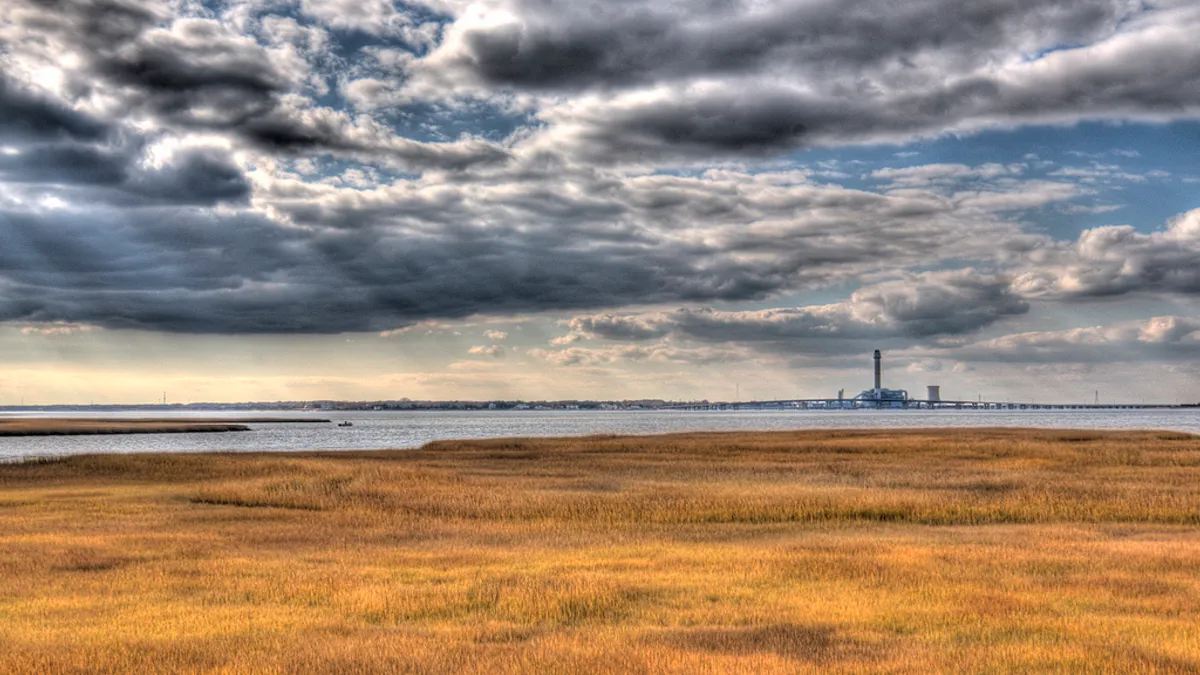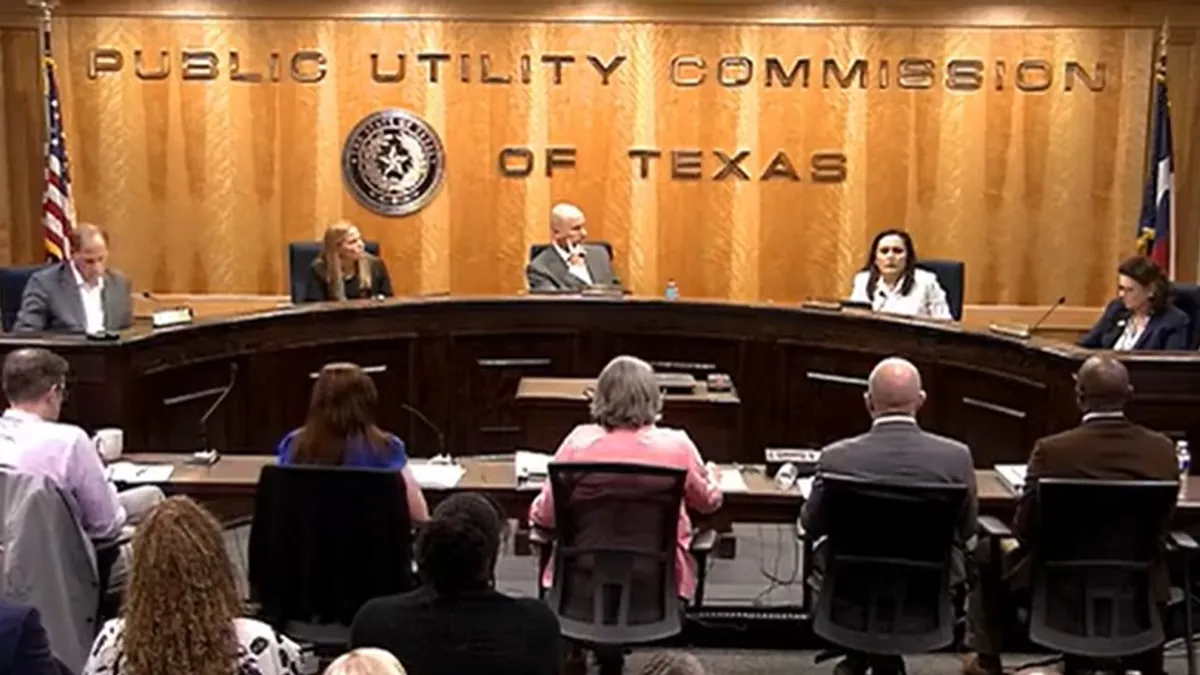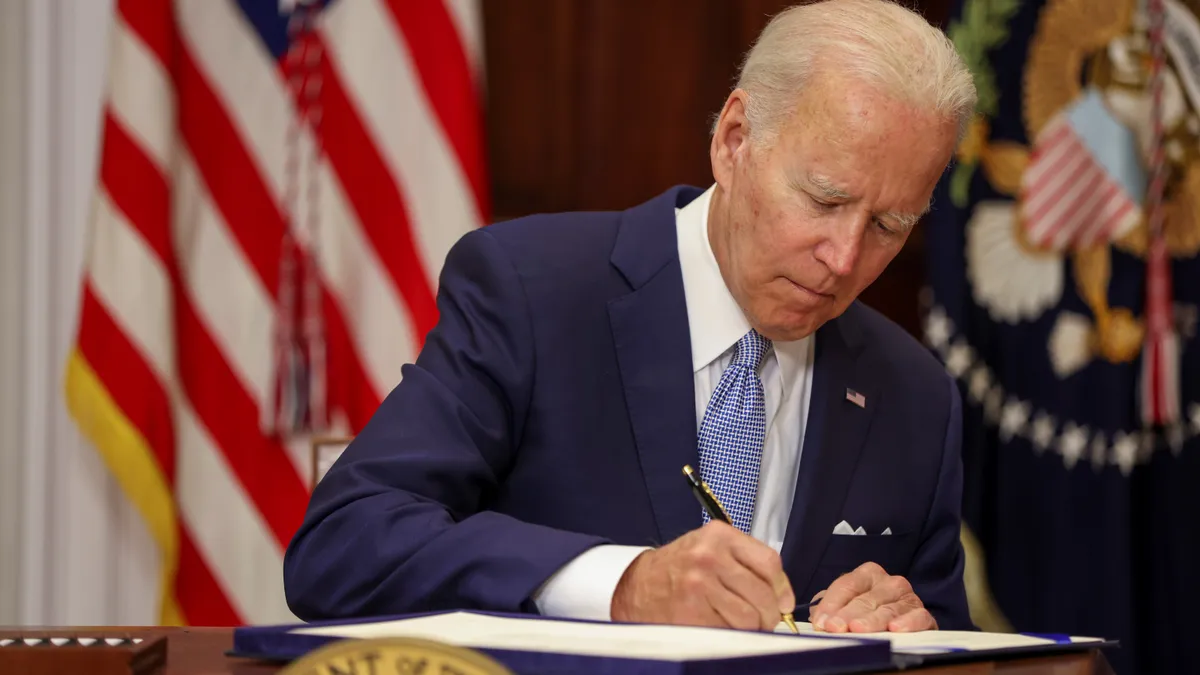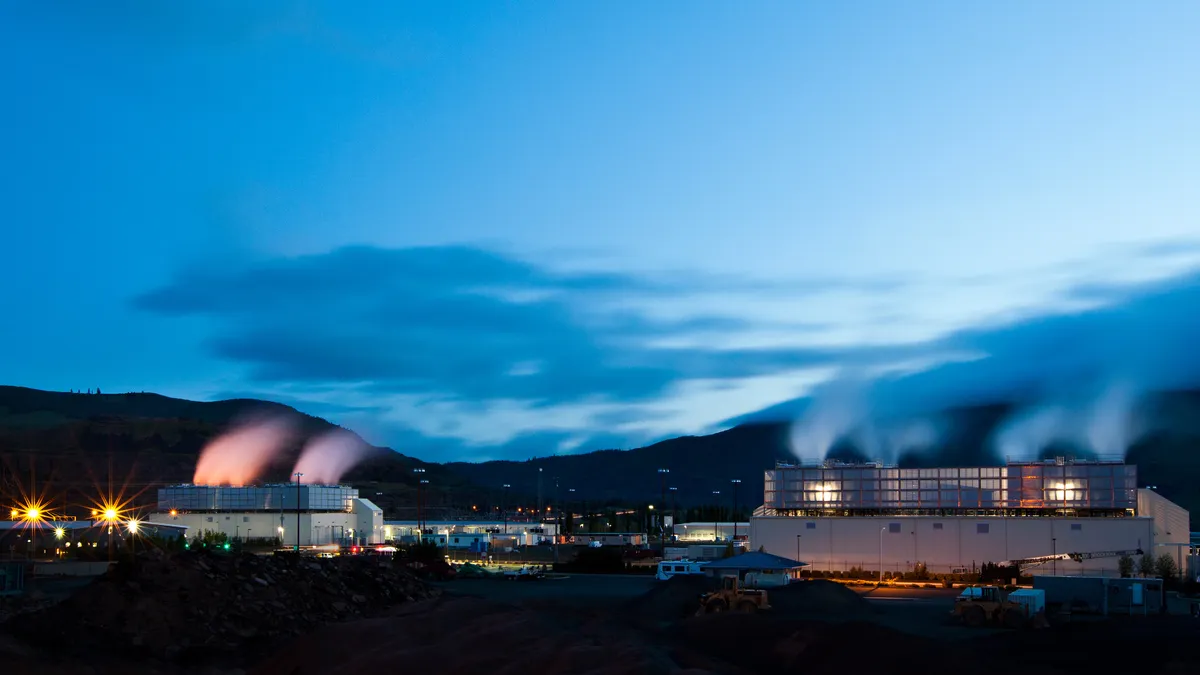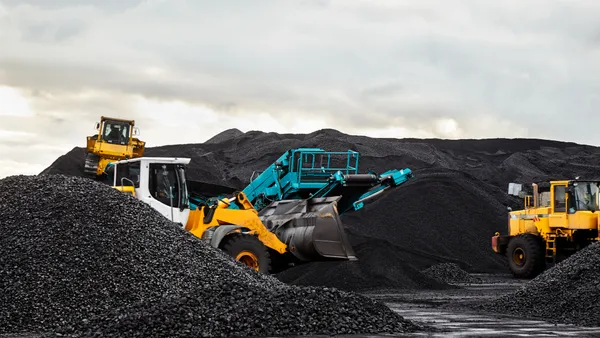Monday, the Environmental Protection Agency (EPA) will announce its proposed carbon emission standards for existing power plants under Section 111(d) of the Clean Air Act.
The rules are widely expected to be far-reaching and are designed to substantially reduce the U.S. power supply's reliance on coal as a fuel source. The EPA rules will likely bring the power and utilities industry in line with President Obama’s wider carbon emissions objective: A reduction of 17% in U.S. carbon emissions by 2020 compared to 2005 levels.
But how the EPA goes about this is up for debate.
'Inside-the-fence’ approach not likely
Last year, the EPA proposed carbon emissions standards for new power plants. The rule imposed a 1,000 pounds of CO2 emissions per megawatt-hour limit for individual plants — effectively forcing new projects to employ either carbon capture and sequestration technology or integrated gasification combined cycle technology, neither of which has yet been proven viable at scale.
The new plant regulations place “a de facto ban on the construction of any new coal plant in this country,” Laura Sheehan, SVP of communications for the American Coalition for Clean Coal Electricity (ACCCE), an advocacy group for the coal and utility industry, told Utility Dive.
If the EPA’s rules for existing power plants take an “inside-the-fence” approach — which ACCCE supports — it would place a similar pound per megawatt-hour cap on CO2 emissions. ACCCE wants these standards to be “achievable at each coal-fired and gas-fired unit” and to “allow outside-the-fence flexibility to comply.”
Depending on the flexibility of the cap, coal-fired power plants could be forced to retrofit units with carbon reduction technology — or retire them.
The “inside-the-fence” approach is, however, the least comprehensive, least viable and least likely option available to the EPA.
'Outside-the-fence' approach expected
Beyond regulating the smokestack alone, the EPA could take an “outside-the-fence” approach to reducing carbon emissions from power plants. This is the most viable, flexible and likely approach for the EPA to take.
A National Resources Defense Council (NRDC) report into EPA’s possible policy changes fleshes out such an option: set state-specific performance standards determined by a national average emissions rate based on a specific year and the state’s electricity generation mix at the time of the average. After the standards are set, the states are then able to meet the EPA’s proposal with their own plans — unless the EPA judges a state’s plan to be non-compliant.
The NRDC proposes the following key elements to be part of EPA’s rule: 1) intrastate averaging among all fossil units, 2) emissions credits for reduced emissions from fossil fuel–fired units achieved via demand-side energy efficiency programs and incremental electricity generation from renewable sources, 3) use of banked compliance credits, 4) shifts in utilization to lower-emitting units, and 5) supply-side efficiency improvements.
Such a rule could boost cap-and-trade programs. “Our proposal,” Ben Longstreth, senior attorney at NRDC, told Utility Dive, “is that states could adopt a cap and trade or rate-based approach, adopt a limit on the poundage of emissions per megawatt-hour and introduce crediting systems for investments in cleaner energy. We think both of those options are viable.”
According to sources familiar with the Obama administration’s plans, the EPA is indeed preparing to propose a rule that regulates power plants’ carbon emissions “outside-the-fence” and allows for a flexible, state-by-state approach. This would allow for existing generation assets to remain operational if they are the best option for meeting the targets — and maintaining reliability.
This approach has received mostly positive reactions from environmentalists and industry.
Industry seeks flexibility
Begrudgingly or not, even the big coal-burning utility companies have come out in support of an “outside-the-fence” approach.
“Any approach that includes flexibility, such as cap and trade, would be better than a prescriptive limit on unit emissions,” Melissa McHenry, spokeswoman for American Electric Power, whose generation mix is 60% coal, told the Wall Street Journal earlier this year.
Southern Company, another utility with a significant share of coal-fired generation, has echoed calls for flexibility. “Any emission guideline for existing sources should be based on the best system of emission reduction that has been adequately demonstrated at covered sources, and should not infringe upon states’ authority to develop performance standards and flexibility to choose compliance mechanisms,” Southern Company spokeswoman Jeannice Hall told Utility Dive.
Environmentalists, too, have come out in support of such an approach.
“Our hope is that these standards can provide the regulatory certainty that power companies need to invest in cleaner, safer power generation, and help deploy the technologies and infrastructure needed” to shift the industry to one that “produces reliable, clean power,” Megan Ceronsky, director of regulatory policy and senior attorney at the Environmental Defense Fund, told Utility Dive.
“For some companies and states, a trading program makes the most sense,” Carol Browner, former EPA administrator and advisor to President Obama, told the Wall Street Journal. She added that states could choose between cap-and-trade systems like California’s or form new regional trading programs like the Northeast’s Regulation of Greenhouse Gases Initiative.
“States and companies across the country have succeeded in cutting carbon pollution by taking this kind of approach — using flexible, holistic frameworks to secure emission reduction — and EPA’s standards should build on these successes,” Ceronsky explained.
What will the impact of the EPA's rule be?
While the details of the proposed EPA rule are not yet available, the NRDC calculated the impact of a rule that sets an emissions target of 1,500 pounds of CO2 emissions per megawatt-hour for coal-fired generation and a target of 1,000 pounds per megawatt-hour for natural gas and oil-fired generation by 2020.
Using a 2008-2010 average as their base, the targets would result in a 27% reduction in carbon emissions from coal by 2025, and a 4% reduction from gas and oil facilities. Using Obama’s 2005 baseline for total carbon emissions, this equates to a 26% overall reduction in carbon emissions from the utilities industry as a whole by 2020.
The cost of instituting such changes would be $4 billion a year, according to the NRDC. But the savings to ratepayers could be as much as fifteen times that, the NRDC argues.
At the same time, reducing carbon emissions would save lives, reduce medical and social welfare spending, and reduce the industry’s impact on climate change. The math works out to $26-59 of savings per ton of carbon emissions avoided, according to the Sierra Club and other groups in favor of the regulations, and any changes can be done cost-effectively for utilities as well.
Whatever form the EPA proposals take, it is unlikely to be the final conclusion of the existing power plant regulations. After the proposals, the EPA will invite public and industry comments and questions over a two-month review period, after which the EPA will make necessary amendments. The final mandate will be issued about a year from now.
After that, the legal challenges are expected to begin.
Will the rule hold?
In the past, the EPA has been beset with legal challenges to its emissions regulations from industry groups, state legislators, and environmental advocates alike.
The utility industry “will absolutely challenge these rules,” the Sierra Club’s John Coequyt told Utility Dive.
“Industry challenges every single thing that the EPA does without fail,” Coequyt explained. But “lately they have been losing, and losing consistently.”
EDF’s Ceronsky agreed that industry challenges are something the EPA has “come to expect.” She was optimistic that the proposals will remain in place. “Courts have upheld EPA’s standards against vigorous legal attacks,” she said.
NRDC’s Longstreth expressed optimism that the “collaboration and discussion” fostered by EPA’s rulemaking process “will continue after the proposal.” The EPA will take comments “seriously” and “make changes as needed,” he said.
“What is critical,” Longstreth added, “is the structure of the proposal and that it take advantage of flexible compliance mechanisms that are available.”


